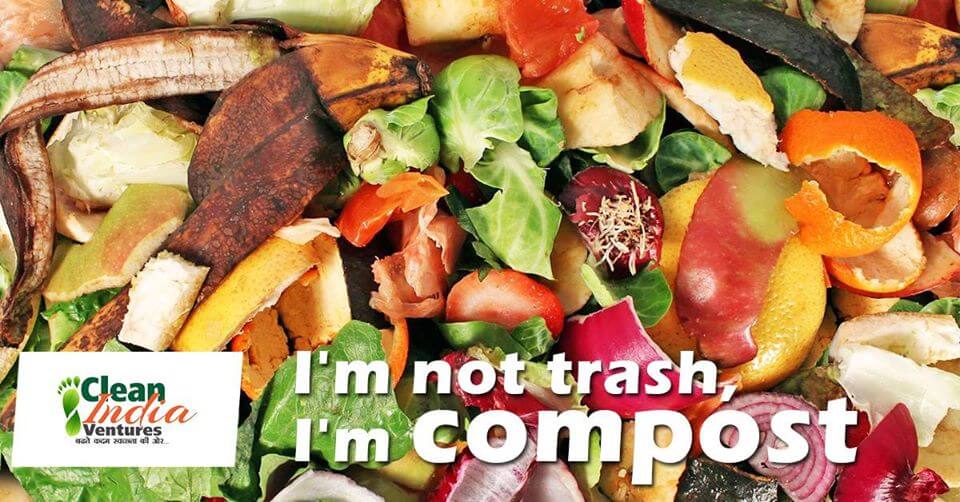The average amount of waste produced by a single household in a year is approximately 1000 kg of which only 30% of the total waste is recycled, as per the studies by the Swachh Bharat Urban ministry. The rest of the waste is either processed by the municipality or thrown out in the water bodies or at landfill sites. But, if the people across the world, let alone India, segregate, recycle and compost the waste at their hands, can reduce the waste from a whopping 1000 kg to a minimal 100 kg per year, which can be recycled by the municipality, and also not have a negative impact on our environment.
The people need to change the ingrained habit related to waste management and become a proud members of Swachh Bharat Abhiyaan by learning the easy way of decomposing everyday kitchen waste into a rich soil known as compost. Here are the steps that one must follow to turn their garbage into nutritional manure:
Step 1: Find your composting spot. While you can choose to compost at any location in the house- inside or outside, it is necessary that you pick a place, be it your kitchen, balcony, terrace, or any other place.
Step 2: Segregate your waste. This is one of the most important steps in the process of composting. You must identify waste into 3 categories-
1) Edible waste such as fruits and vegetable peels, wasted cooked food,
2) Dry waste such as dry leaves, newspaper chunks, and decomposable packaging material, and
3) non-biodegradable waste such as plastic/foam packaging, metal cans, glass, etc. While you can re-use the 3rd category products as per your needs/requirements, the rest waste must be kept in 2 different containers with a tightly closed lid to avoid any infiltration of bugs, flies, or worms.
Step 3: Build your composting bin. Once you’ve segregated the waste, it is your turn to build the container in which all the composting will take place. You can use any kind of container from a bucket to a big basket or it will work even in a garden pot. You then need to drill down 4-5 holes around the container at different levels so as to allow proper aeration for the composting process.
Step 4: Start with the composting process. In your composting bin, add a layer of newspaper as a base to avoid any spill and a layer of soil at the bottom before beginning. To maintain healthy compost, you need to ensure that there is an equal amount of dry and wet waste in the bin. To do so, you can add even and alternate layers of dry and wet waste. You need to add soil once every week, and also to fasten the process, you can add some semi-composted soil to the fresh batch.
Step 5: Dos & Don’ts to manage your compost. You can add extra newspaper waste or also make additional holes when your compost smells due to an imbalance of waste in the bin. You can also sprinkle some water if the compost turns too dry, and give the pile of waste a quick turn using a spade for aeration to allow the waste to decompose successfully. Your compost will get ready within 8-10 weeks and will be okay to use in your garden or potted plants.
While you can choose to decompose your waste at home, you can also choose to decompose large waste in GoClean machines designed by Clean India Ventures. The machines are designed to convert mixed organic waste into compost within 24-48 hours. The machine offers a path-breaking technology that allows enables users in proper kitchen waste management process, temple waste management, or horticulture waste management into Organic Compost and Liquid Fuel.
